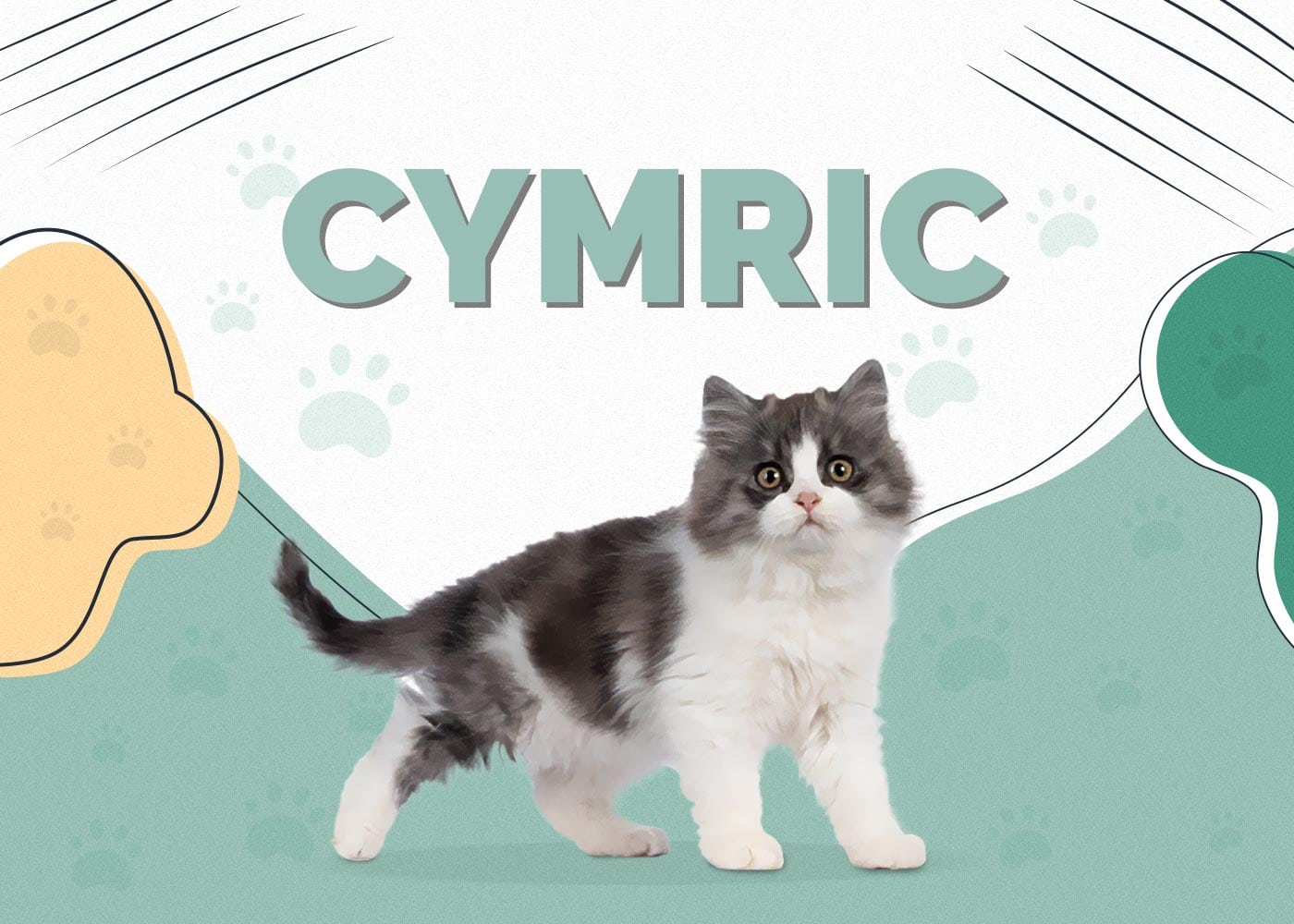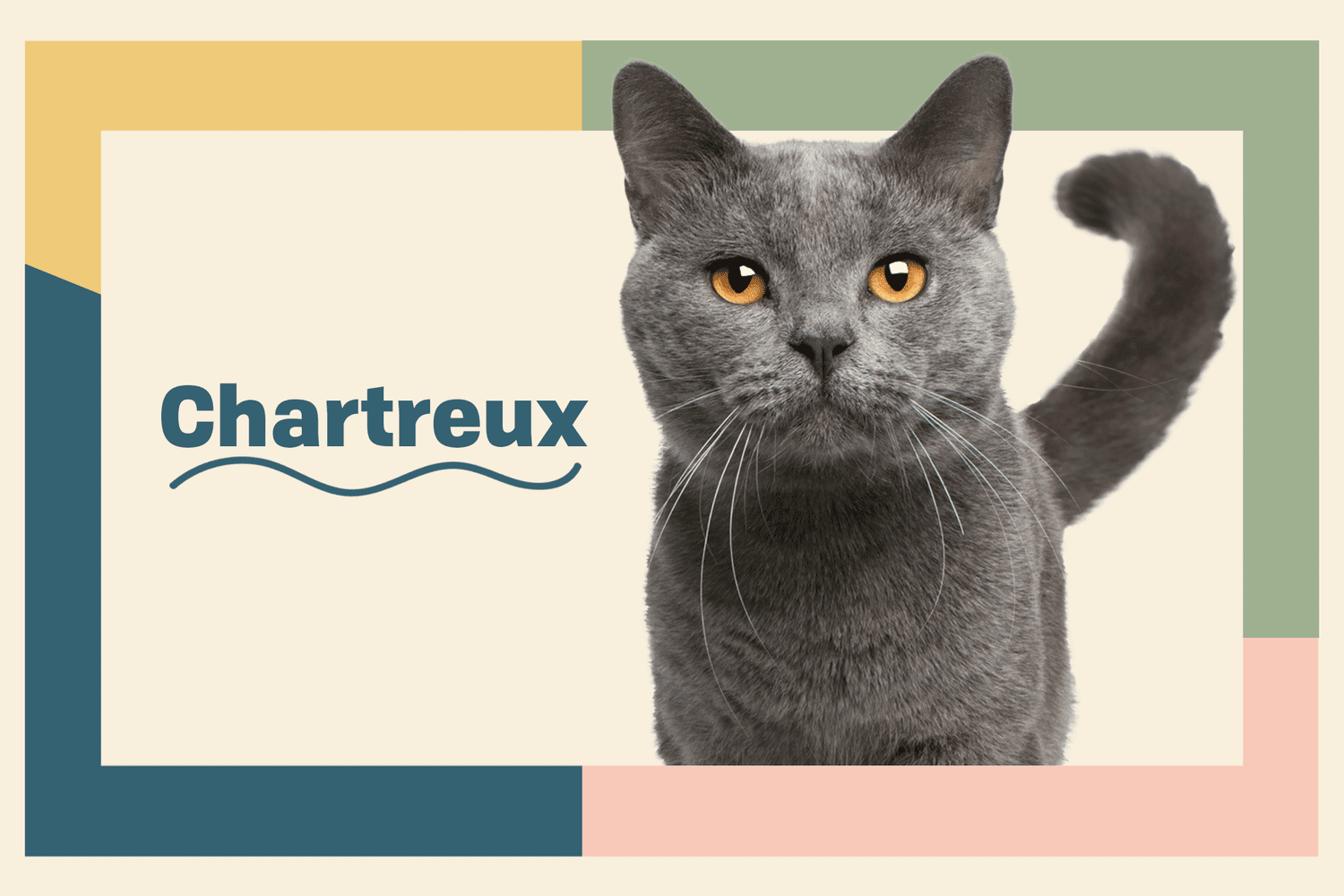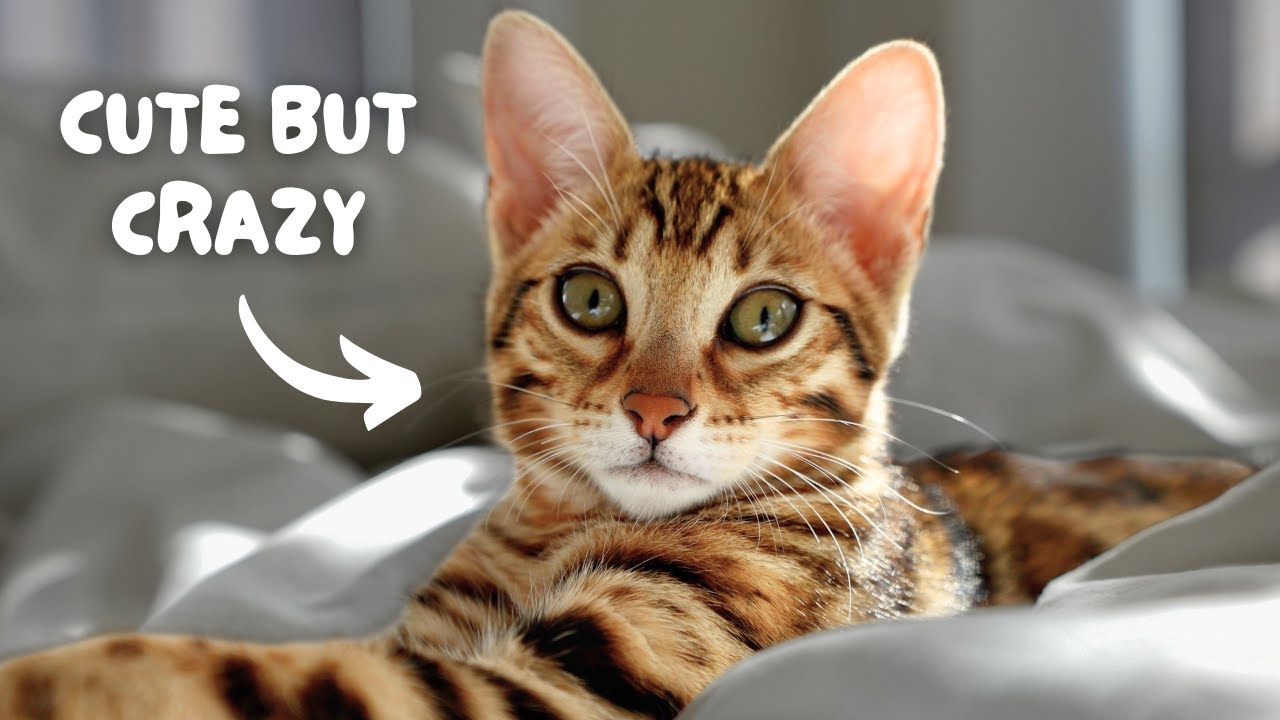The Manx Cat: Complete Guide to Profile, Traits, Training, Care, Choosing, Pros and Cons, and Price
The Manx cat is one of the most fascinating and historically rich breeds in the feline world. Best known for its distinctive lack of a tail (or a very short one), the Manx is a sturdy, affectionate, and intelligent companion. Whether you’re a first-time cat owner or a seasoned cat lover, understanding the full scope of this breed’s needs and personality is essential. In this guide, we’ll explore every important aspect of owning a Manx cat.
1. Breed Profile
- Name: Manx
- Origin: Isle of Man (British Isles)
- Breed Type: Natural/Spontaneous Mutation
- Size: Medium
- Weight: 8–12 lbs (3.6–5.4 kg)
- Lifespan: 12–16 years
- Coat Length: Short and longhair variants (short hair is more common)
- Coat Colors: All colors and patterns, including tabby, solid, tortoiseshell, calico
- Eye Color: Varies—gold, green, copper, blue
- Tail: Rumpy (no tail), Riser (small bump), Stumpy (short tail), or Longy (full tail)
- Temperament: Loyal, intelligent, affectionate, playful
2. Physical Characteristics
The Manx is a compact, muscular cat with a rounded appearance. Its back legs are longer than the front, giving it a unique gait that resembles a rabbit hop—hence one of its nicknames, the “bunny cat.”
Notable Traits:
- Rounded Head and Eyes: The face is round with full cheeks and prominent whisker pads.
- Double Coat: The Manx has a dense double-layer coat that can be plush and water-resistant.
- Tail Variations: The breed is famous for its tail mutations. Show-quality Manx often have no tail (rumpy), while pet-quality Manx may have partial or full tails.
3. Personality and Temperament
Manx cats are often compared to dogs in terms of loyalty and behavior. They tend to bond closely with their humans and follow them around the house.
Key Traits:
- Affectionate and Loyal: Loves human companionship and will form close bonds with their family.
- Intelligent: Can learn tricks and respond to commands.
- Playful: Energetic and enjoys interactive toys.
- Quiet but Expressive: Not overly vocal, but communicates with chirps and trills.
- Good with Kids and Pets: Social and gentle with other animals and children.
4. How to Choose a Manx Cat
Key Considerations:
- Tail Type Preference: Decide whether you want a completely tailless Manx (rumpy) or one with a short tail.
- Health Assurance: Make sure the kitten is screened for genetic disorders like Manx Syndrome.
- Reputable Breeder: Only buy from registered breeders who test for hereditary health issues.
- Shelters and Rescues: Manx cats are sometimes available in adoption centers; consider this option for older cats.
Questions to Ask the Breeder:
- Are the parents health-tested?
- What kind of tail does this kitten have?
- Has the kitten been vaccinated and dewormed?
5. How to Care for a Manx Cat
Diet:
- High-Protein Diet: Choose premium cat food with real meat.
- Avoid Overfeeding: They can gain weight quickly due to low activity when indoors.
- Fresh Water: Always provide clean drinking water.
Grooming:
- Brushing: Brush 1–2 times a week to remove loose hair, more for longhair Manx.
- Bathing: Rarely needed unless the cat gets dirty.
- Nail Clipping: Every 2–3 weeks.
- Dental Care: Brush teeth or use dental treats.
Environment:
- Litter Box: Use a large box to accommodate their strong back legs.
- Scratching Posts: Provide multiple to prevent furniture damage.
- Safe Indoor Space: Because of spinal concerns, limit risky climbing spots.
6. How to Train a Manx Cat
Manx cats are intelligent and eager to please, which makes training relatively easy.
Training Tips:
- Litter Training: Most Manx kittens learn quickly. Keep the litter box clean and accessible.
- Leash Training: Some Manx cats can be trained to walk on a leash.
- Trick Training: Use clicker training with treats to teach basic commands like “sit” or “come.”
- Discourage Bad Behavior: Use positive reinforcement instead of punishment.
Mental Enrichment:
- Puzzle feeders
- Treat-dispensing toys
- Interactive play (laser pointers, feather wands)
7. Common Health Issues
While many Manx cats live long, healthy lives, the breed is predisposed to a few health concerns:
Manx Syndrome
A genetic condition affecting the spine due to the tailless gene. Symptoms include:
- Bowel or bladder dysfunction
- Spinal deformities
- Weak or uncoordinated rear legs
Note: Responsible breeders screen for this and avoid breeding two tailless cats.
Other Possible Issues:
- Arthritis
- Corneal dystrophy (in longhair types)
- Obesity (if under-exercised)
Prevention:
- Annual vet visits
- Avoid overbreeding tailless varieties
- Neuter/spay to prevent reproductive disease
8. Pros and Cons of Owning a Manx Cat
Pros ✅
- Loyal and Loving: Ideal for families and single owners alike.
- Quiet and Calm: Less likely to yowl or vocalize excessively.
- Good with Children: Friendly and tolerant of gentle handling.
- Unique Look: Tailless or short-tailed appearance is distinctive.
- Intelligent and Trainable: Learns quickly and enjoys puzzles.
Cons ❌
- Manx Syndrome Risk: Can lead to health complications.
- Not Ideal for Harsh Handling: Needs careful attention to spinal health.
- May Be Clingy: Doesn’t enjoy being left alone for long periods.
- Tail Variety Confusion: Not all Manx are tailless—expect variation.
- Finding Reputable Breeders Can Be Hard: Especially for rumpy Manx kittens.
9. Price of a Manx Cat
| Type | Estimated Price (USD) |
|---|---|
| Pet-Quality Manx | $300 – $800 |
| Show-Quality Manx | $1,000 – $2,000 |
| Rare Rumpy Kittens | $1,500+ |
| Rescue/Adoption | $50 – $200 |
Ongoing Costs:
- Food and Treats: $30–$50/month
- Vet Checkups: $150–$300/year
- Grooming Tools: $20–$50 one-time
- Toys and Scratchers: $20–$100
- Pet Insurance (Optional): $20–$40/month
10. Is the Manx Cat Right for You?
The Manx cat is perfect for:
- Families who want a loving, gentle companion
- Owners who can dedicate time to daily interaction
- Households with other pets and children
- People looking for a quiet, trainable feline
However, this breed might not be ideal if:
- You’re away from home often
- You’re not prepared for possible spinal health issues
- You prefer high-energy, independent cats
Final Thoughts
Manx cats are more than just a tailless curiosity—they’re affectionate, intelligent, and loyal companions that thrive in loving homes. With proper care, training, and health monitoring, a Manx can be a joyful member of your family for many years. Always adopt or buy responsibly, and make sure you’re ready for the commitment this unique and endearing breed deserves.




